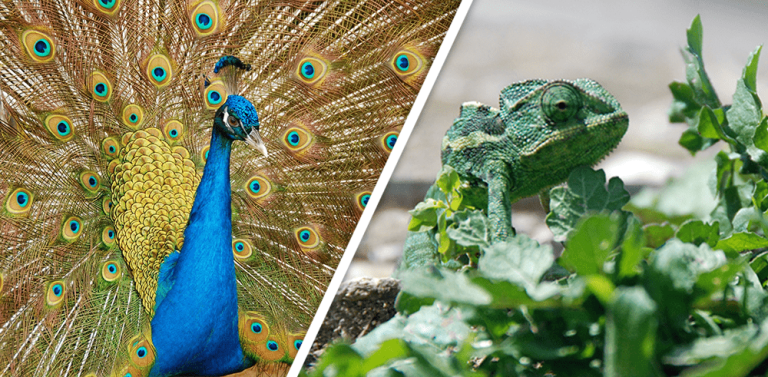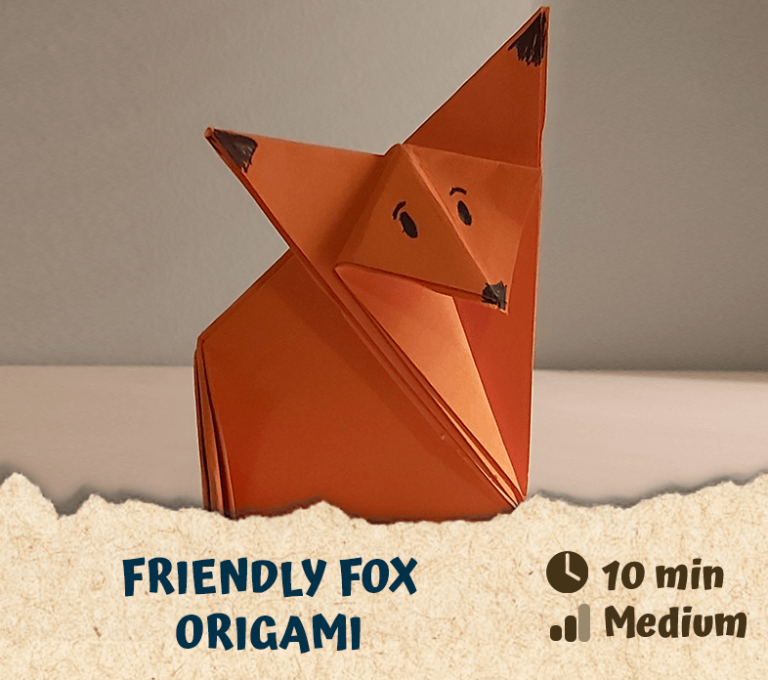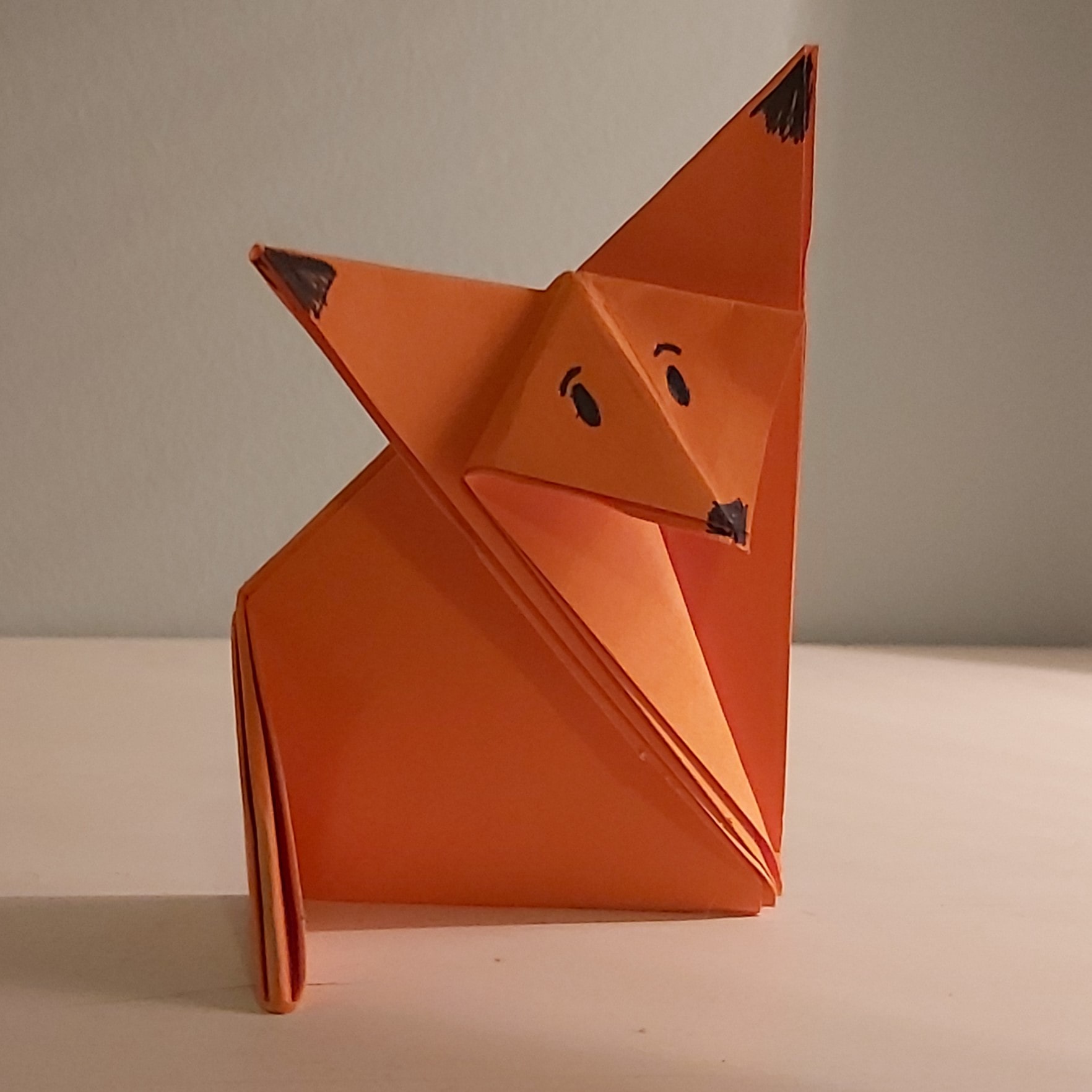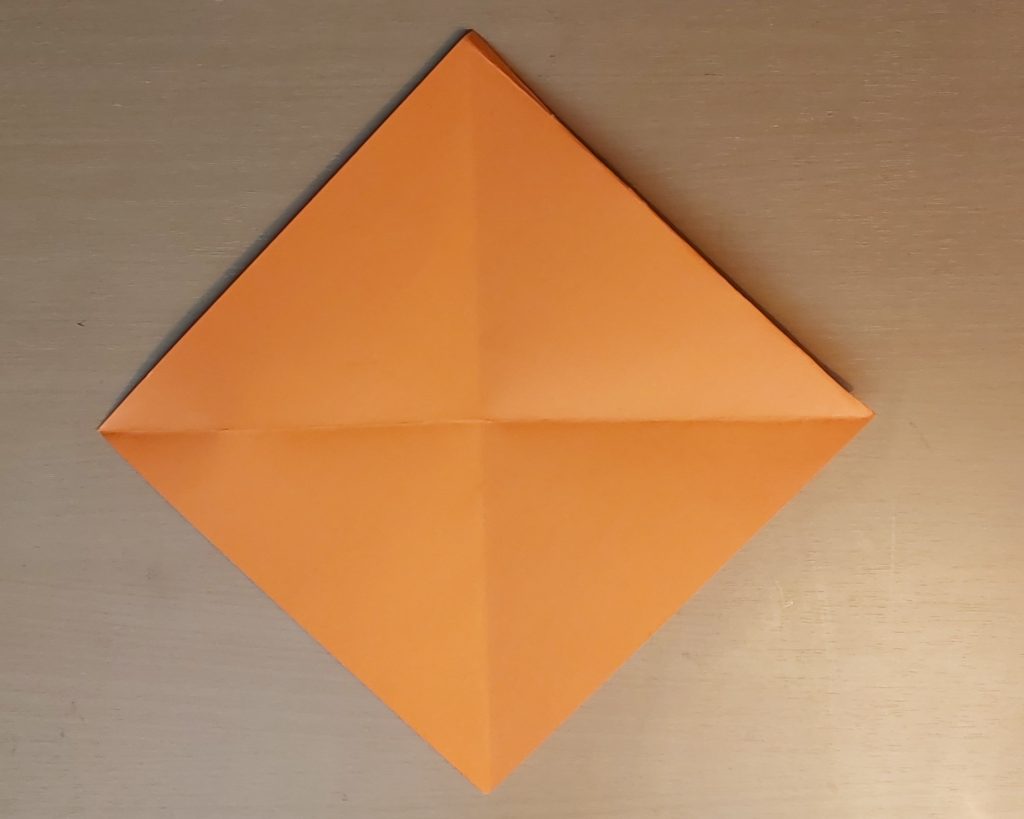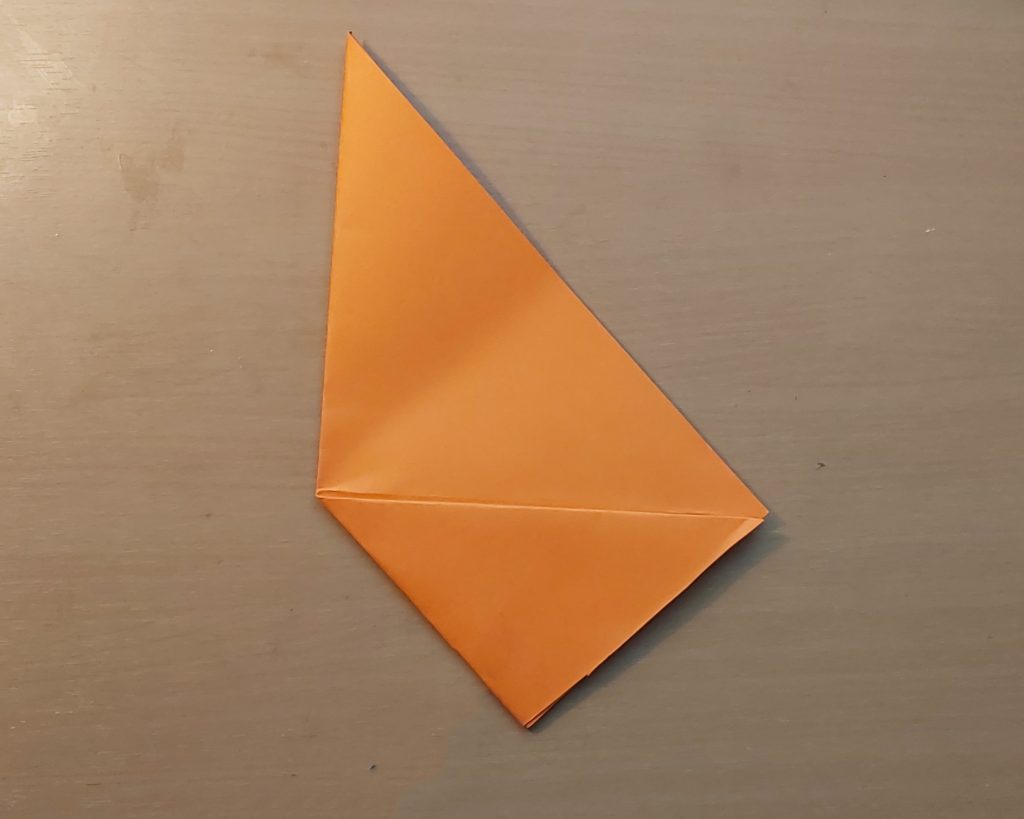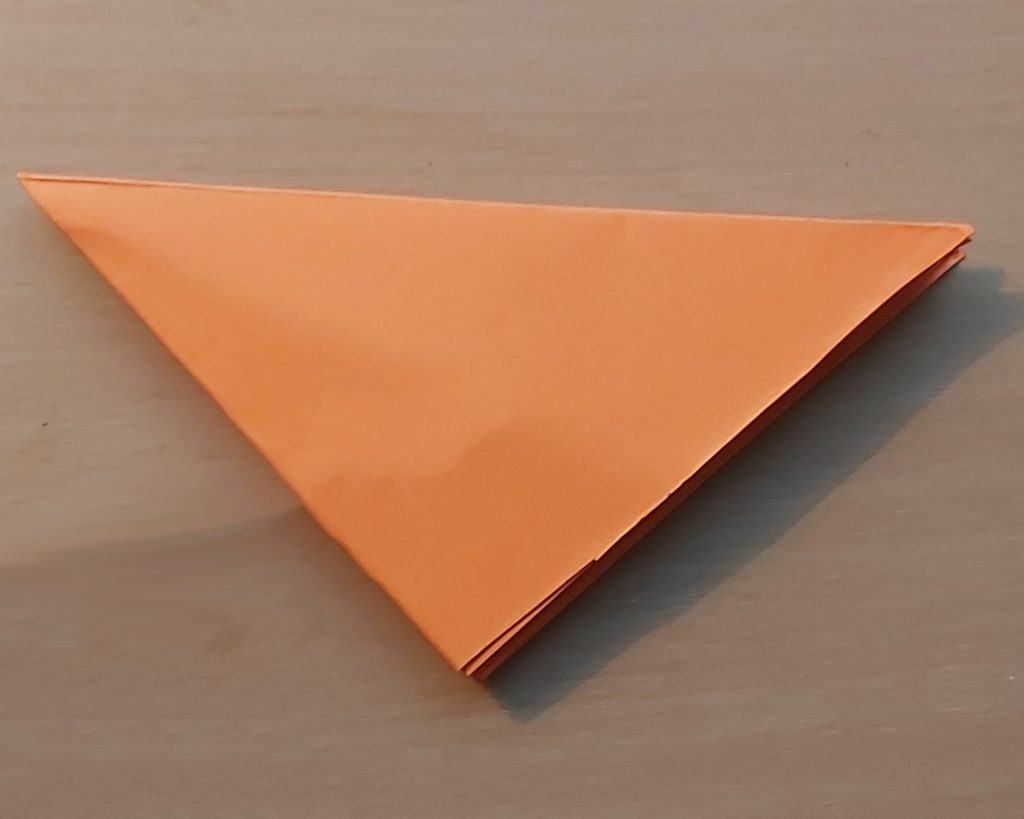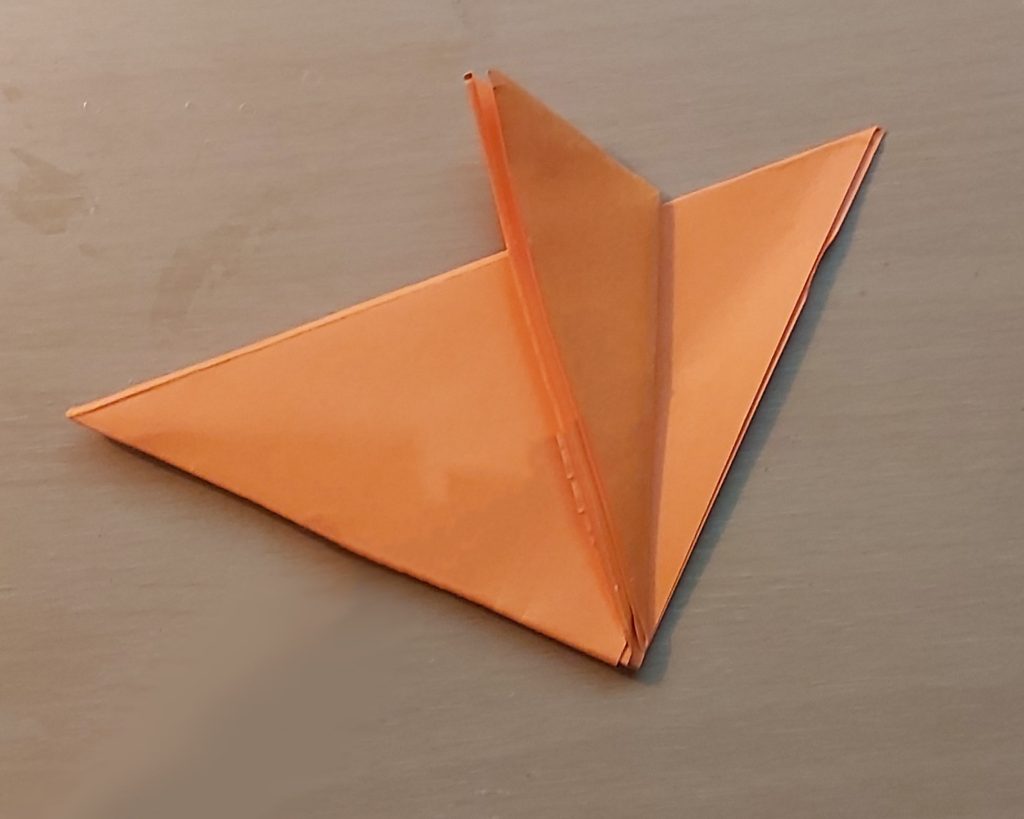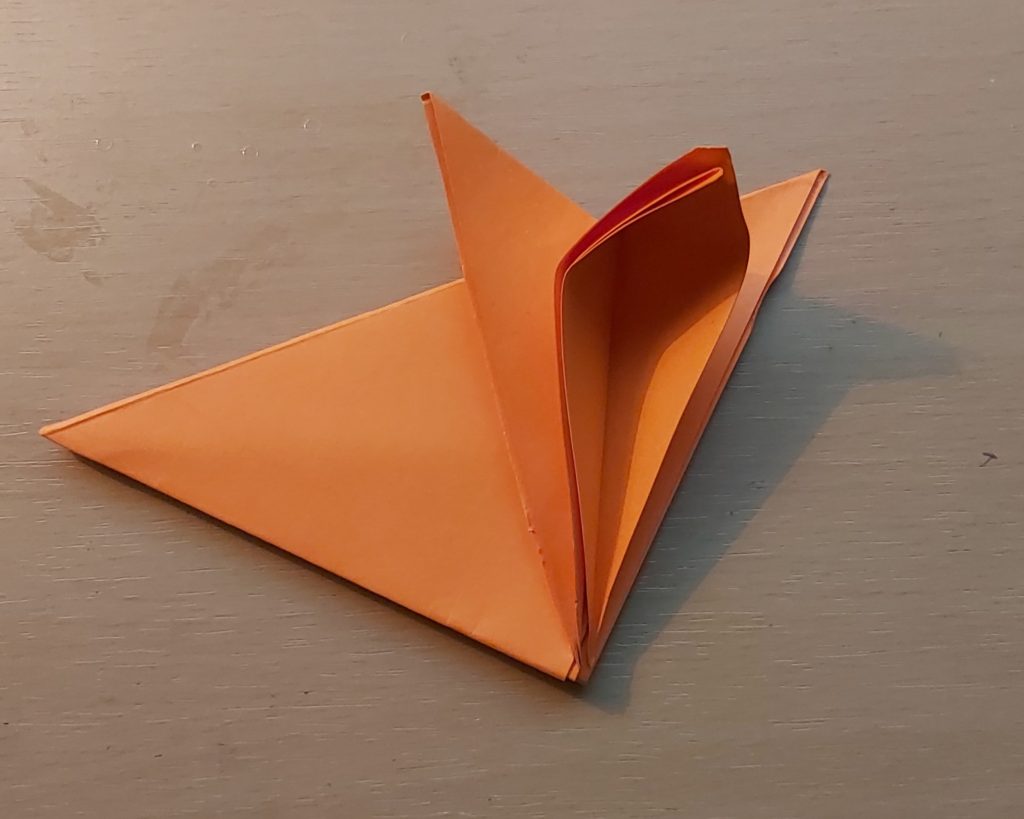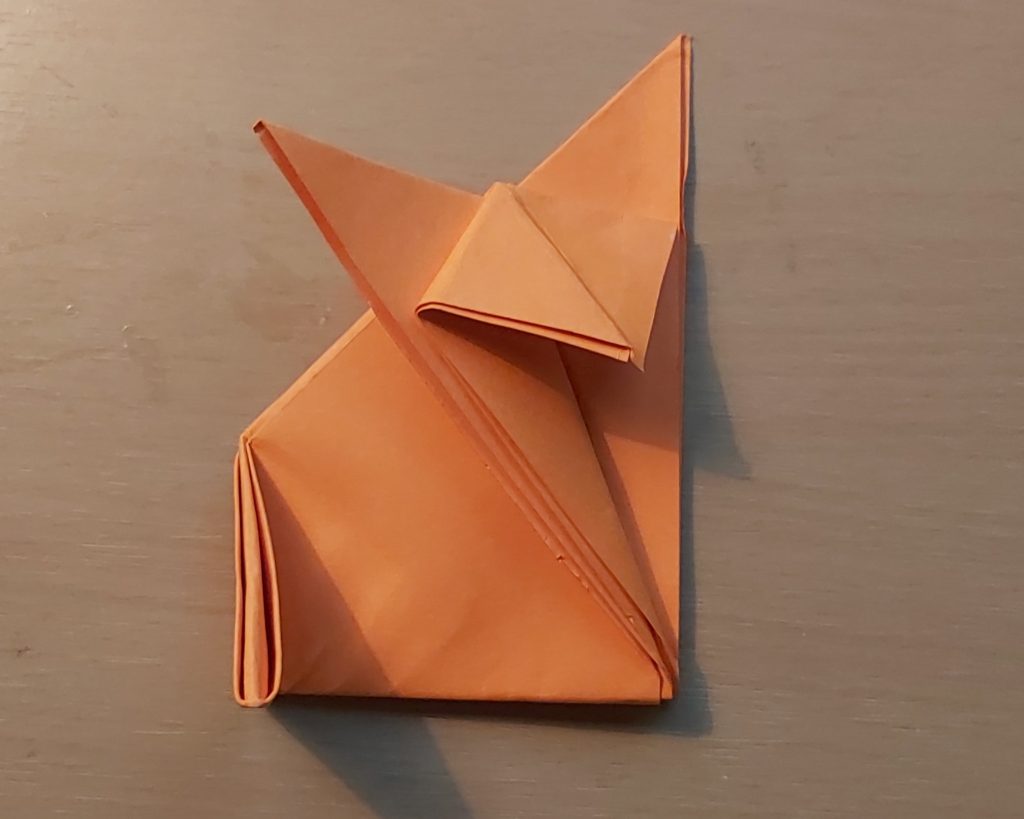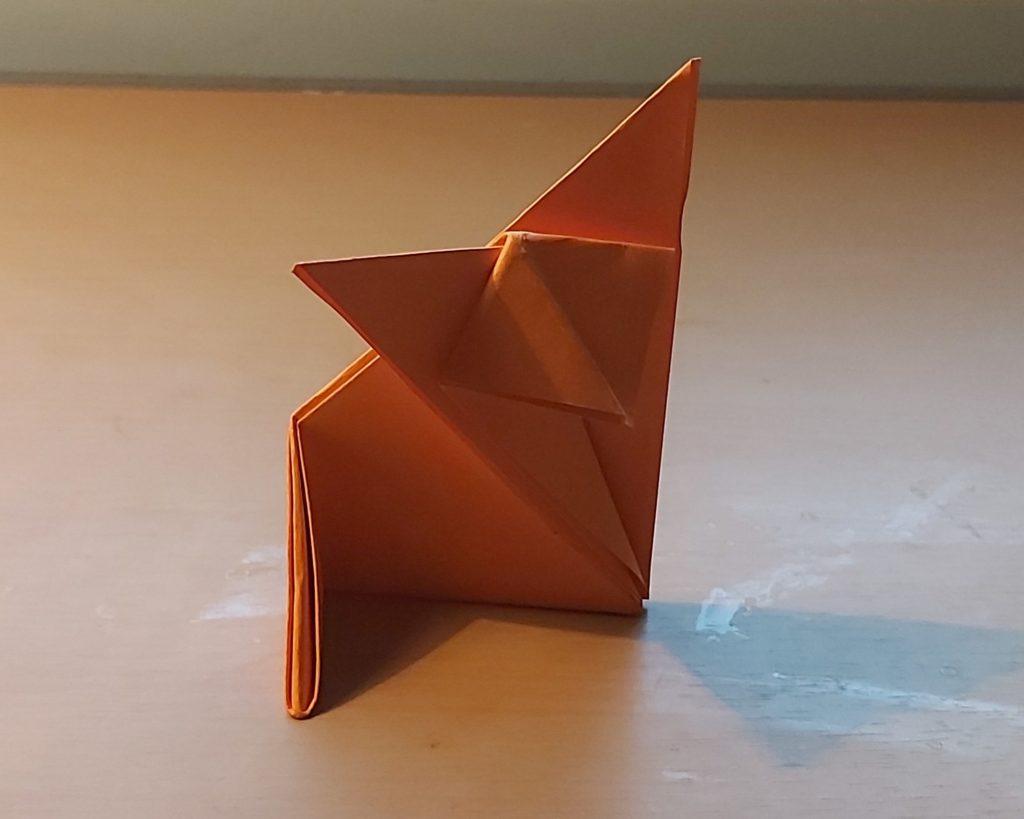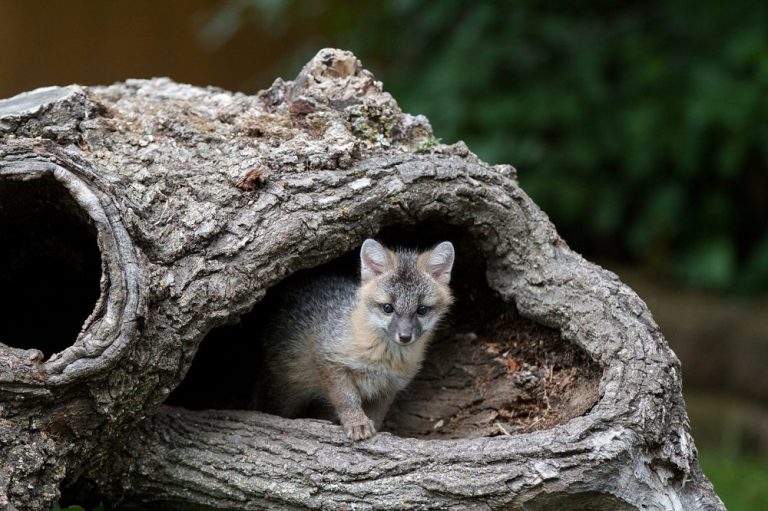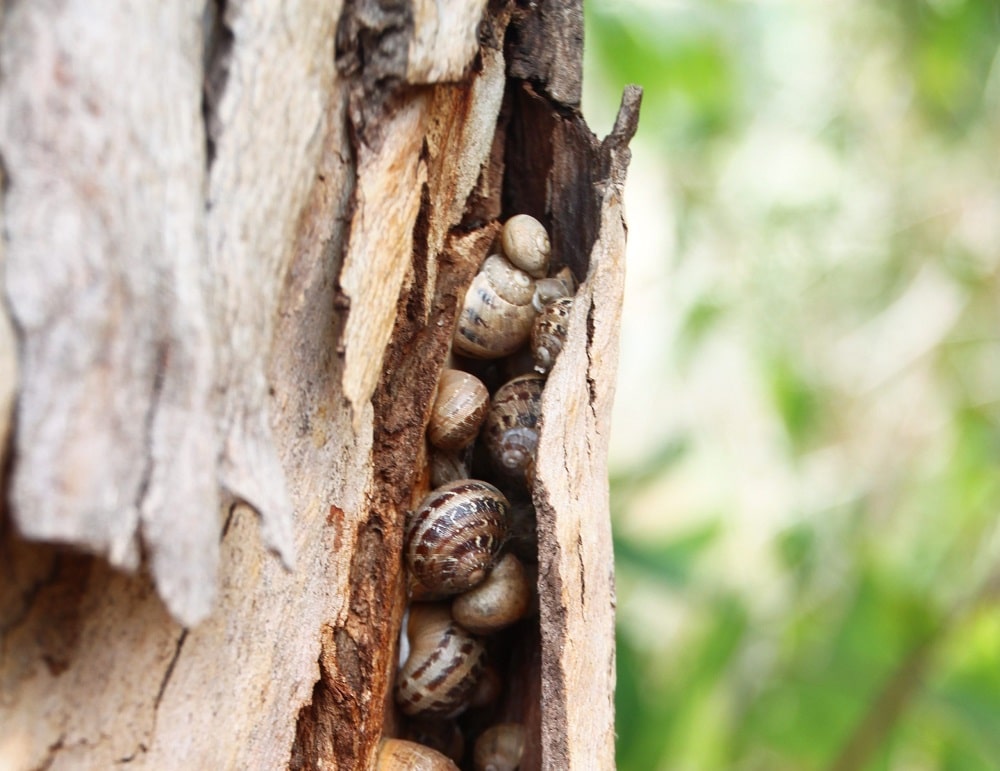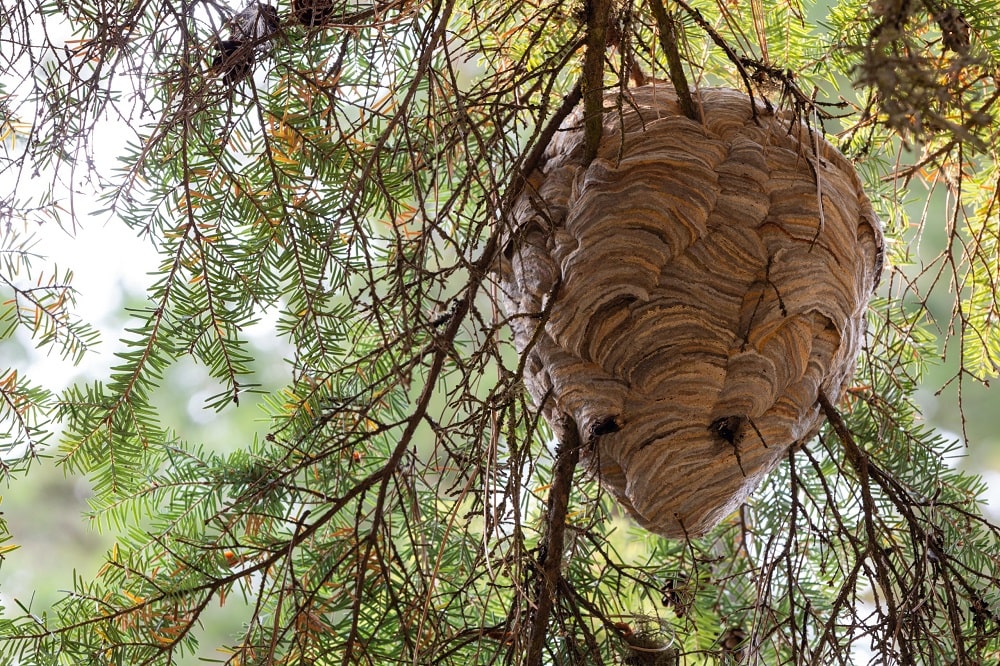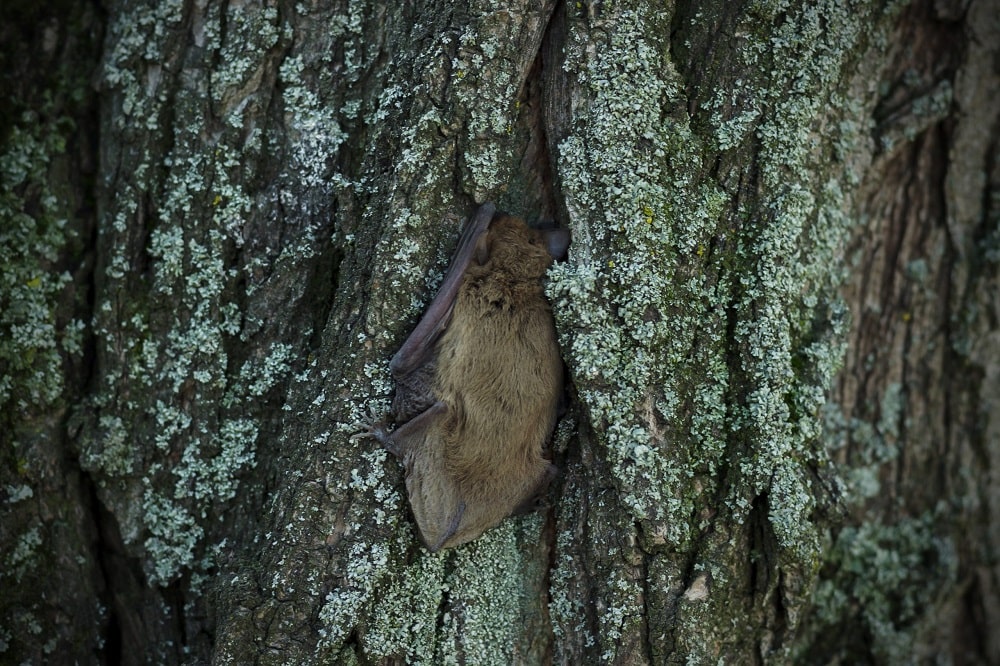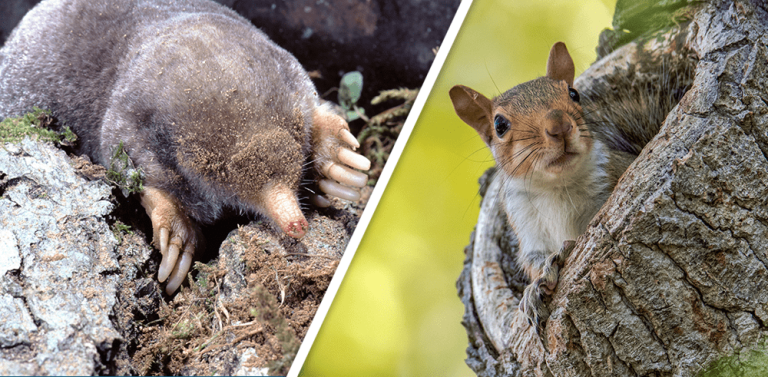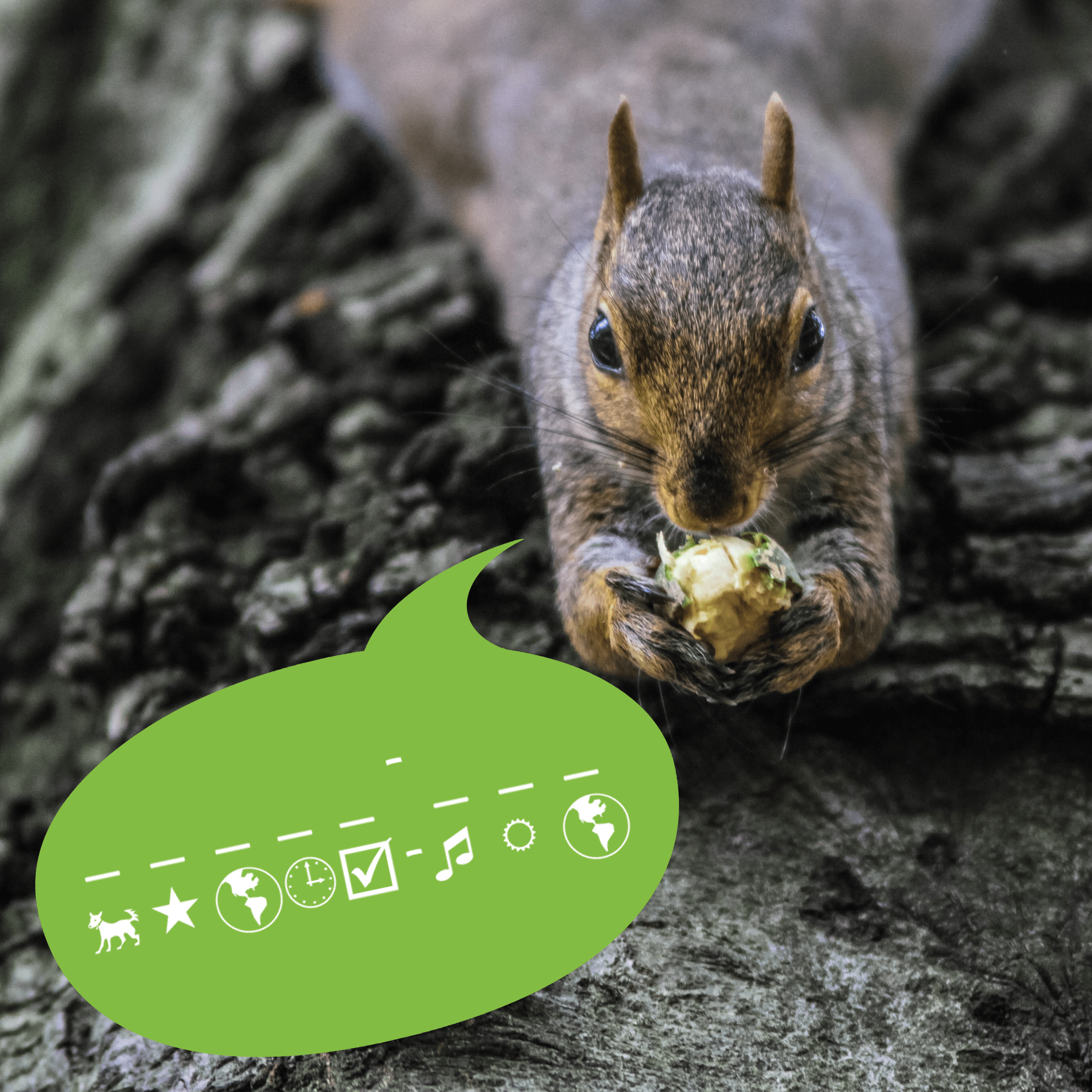
Emma is finally back at Earth Ranger’s headquarters! After her long journey to find Adelia, she definitely deserves a good rest – but wait: it seems like our hero is in trouble and desperately needs help. What’s going on at Earth Rangers HQ? Let’s tune in and find out.

Oh, thank goodness you’re here! You probably already heard, but I’m in trouble… It’s me by the way, Earth Ranger Emma! Can you believe this? What did I get myself into? How can my job be at stake? It looks like putting my Adelia adventure ahead of my work at Earth Rangers probably wasn’t the best idea. I mean, it can’t end here. I’ve raced across the world, become a Serpent, and showed everyone how important it is to be an Earth Ranger. But now they want me to do a desk job…yuck!
But there’s no Earth Rangers Podcast without Earth Ranger Emma, right? A podcast hosted by Earth Ranger Ryan won’t nearly be as good…right…right? And who is this Ryan guy anyway?!

Who is Ryan?
Great question! Well, he says he studied “media science and zoology at the University of British Columbia”, or something like that, and somehow he wormed his way into Number 1’s good graces.
But most of all, he’s trouble! If he beats me in this quest for the best he’s going to take everything away from me. And that is NOT ok!

What Quest?
Well thankfully, Number 1 gave me a chance to prove myself. Ryan and I will be racing across the U.S. and trying to collect animal facts. Whoever has the best ones will win that quest.
Winning the most quests is the only way for me to keep my job. There’s only going to be 5 legs on this race — so every stop counts! But I have one advantage that Ryan doesn’t. I have YOU!
How can you help?
I’ll be checking in at each stop along the way and I’m going to really need your help! It’s up to you to send cool ideas for places to go and animal facts to collect. Leave your suggestions in the comments and I’ll read each and every one of them!
You’ll also hear from my friend Nat, who is going to provide real-time updates from the Earth Rangers Centre while I’m on the road. Plus: she can give you guys an update on what Ryan’s been up to.
Thank you so much for your help! I mean it! You’re going to really make a big difference.

Hi everyone, this is Nat! I’m here to keep you updated on both Emma’s and Ryan’s progress during the Race. And I’ll share any behind-the-scenes updates I can find out about.
Today’s news is: We have Emma and Ryan’s first stop!
Their first destination is a place called “The Big Apple”.
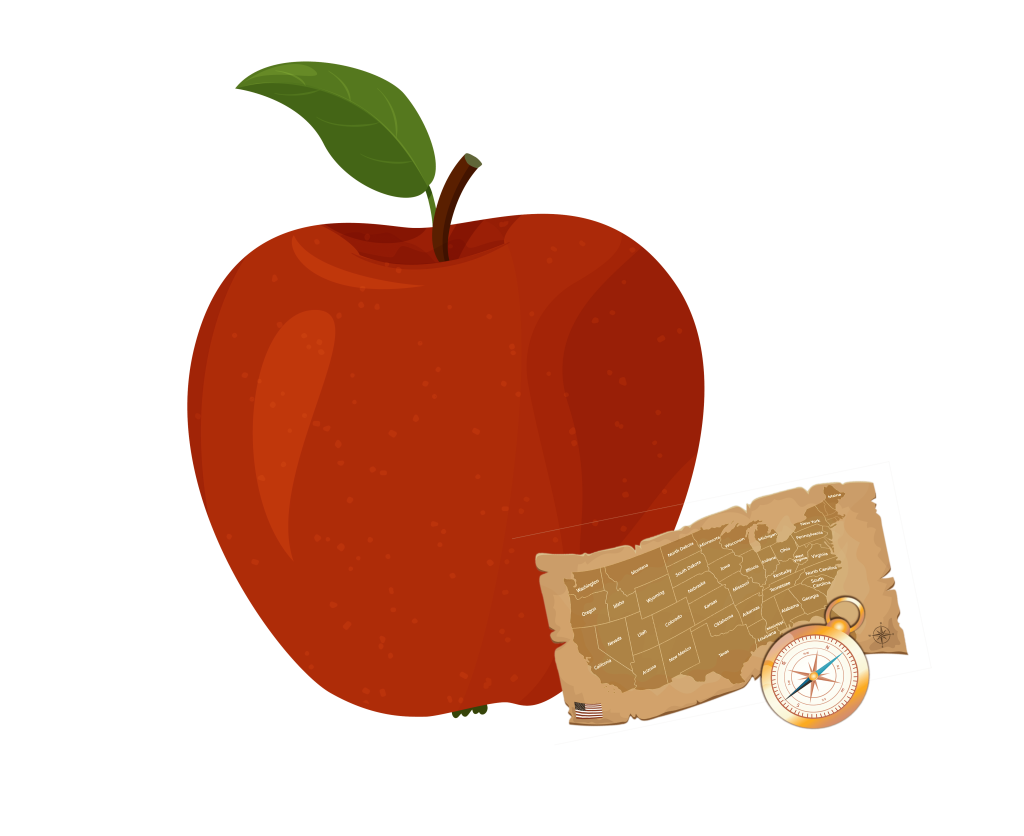
Can you guess where that is? Let us know in the comments! I also heard a rumor that the race will start in just a few days.

Do you think Emma can win? Let’s start by wishing her good luck on her journey!


